Estimated reading time: 5 minutes
Figuring out how old your parakeet is can be handy. Just like people, birds change as they grow. A young bird might have stripes on its head and a leg band that says when it was born. When a budgie gets older, its eyes look different, and the color of its cere — the soft part above their beak — changes too.
Plus, when they are about 3 or 4 months old, they lose their baby feathers for the first time! All these signs help you know if your budgie is just starting out in life or if it’s already wise to the world.
To learn more about how to tell a budgie’s age by looking at it carefully, keep reading this article. Let’s check out these clues together!
How to Tell the Age of a Budgie
Check the leg band for markings indicating the bird’s hatch date, examine the cap feathers for signs of age-related markings, observe the eye color and cere to determine maturity, and pay attention to behavior and feather condition as indicators of age.
Check the Leg Band
Look at your budgie’s leg and you might see a band around it. This little ring is not just for show—it holds important clues about your feathered friend’s story. Breeders put these bands on their birds to track them and share information like where they came from and how old they are.
The code on the band can seem like a secret language, but it tells you who raised your budgie and when it was born. Each breeder has their own way of marking these bands, so the code will be different depending on who bred your bird.
Examine the Cap Feathers
Check your budgie’s head to tell their age. Young birds have stripes on their forehead. Look for a striped cap right above the beak. As they get older, these stripes fade away. A clear forehead means your budgie is an adult.
Pay attention to the pattern of feathers on top of the head. If you see many lines, your feathered friend is likely still less than 4 months old. Over time, these will go away and leave a solid color if your bird is grown up. After the first molt, a parakeet will often have a solid-colored, white or yellow cap.
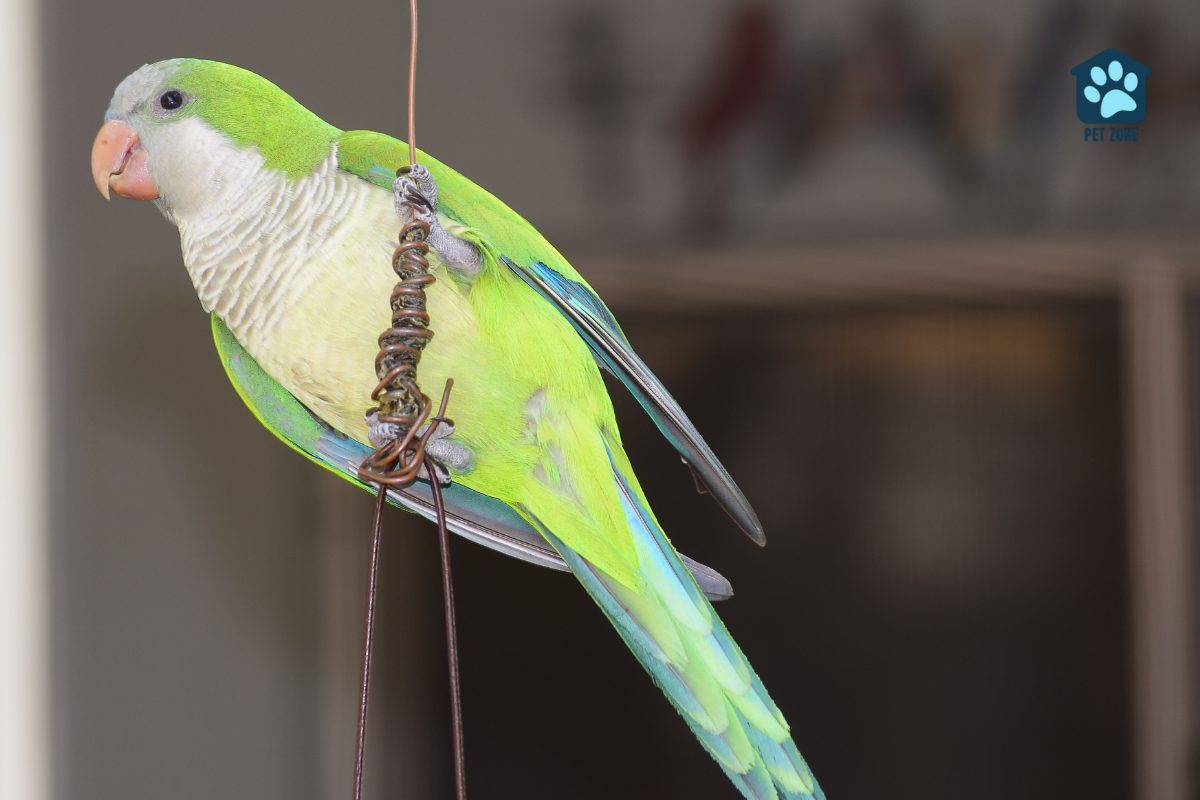
Observe the Eye Color
Look into your budgie’s eyes to get clues about their age. Young ones have dark, round black eyes that stand out.
As they grow older, the iris color changes. The dark turns lighter and the shape becomes more like an oval. If you see this change, your parakeet is maturing.
A budgie with dark grey irises is probably between 4 and 8 months old. Light grey or brown irises usually indicate an age of 8 to 12 months.
Some special budgies always keep their coal-black eyes though—these are the recessive pied or dark-eyed clear types. They don’t follow the usual pattern of iris rings developing with age. If your feathery friend has those deep dark eyes without any change, it’s likely one of these unique kinds.
Look at the Cere
By examining the color of the cere, an area of soft skin surrounding the nostrils, you can tell if your budgie is young or an adult. The color can also indicate gender; younger birds have a different color than older ones.
This means that by looking at the cere, you can even figure out if your budgies are male or female and if they are adults.
Young Budgies: In young budgies, both males and females, the cere is typically a uniform, pale color. It can be pinkish or purplish-blue. This coloration remains until they mature, which is around 3-4 months of age.
Adult Male Budgies: As they mature, male budgies usually develop a bright blue cere. This blue color is a strong indicator of a mature male budgie. However, in some rare varieties, like the recessive pied or albino, the cere may remain pinkish or purple throughout their lives.
Adult Female Budgies: For adult females, the cere coloration is usually brown, tan, or whitish. During breeding season, the cere in females can become crusty or flaky and is often a darker brown. In non-breeding times, it may be lighter.
Exceptions: There are exceptions based on the variety of the budgie. For example, in lutino or albino budgies, or those with certain genetic mutations, cere coloration may not follow the typical patterns.
Observe Behavior and Feather Condition
Watch how your budgie behaves. Older birds are generally more relaxed, while younger ones tend to be more energetic and curious.
Additionally, pay attention to their feather condition. Adult budgies will have smooth and sleek feathers after the molting cycle, whereas younger ones may have some fluffier feathers or pin feathers coming in.
Monitoring your bird’s behavior and feather condition can provide valuable insights into its age. Younger birds often display more playful and active behavior compared to older, calmer birds.
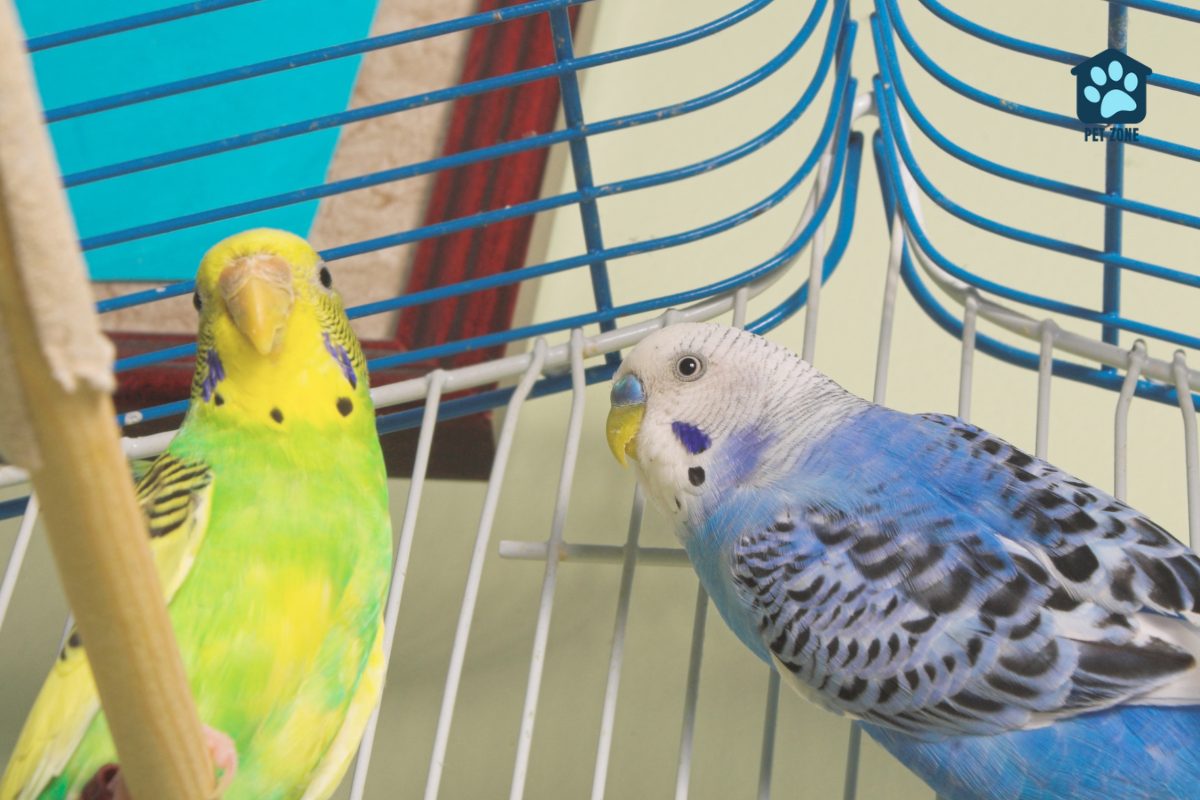
Conclusion
To sum up, determining the age of your budgie is possible through various signs and characteristics. Pay attention to its leg band, cap feathers, eye color, cere, behavior, and feather condition.
These factors can provide valuable insights into your budgie’s age. By observing these indicators closely, you can gain a comprehensive understanding of your budgie’s age and provide tailored care accordingly.
As an Amazon Associate I earn from qualifying purchases.
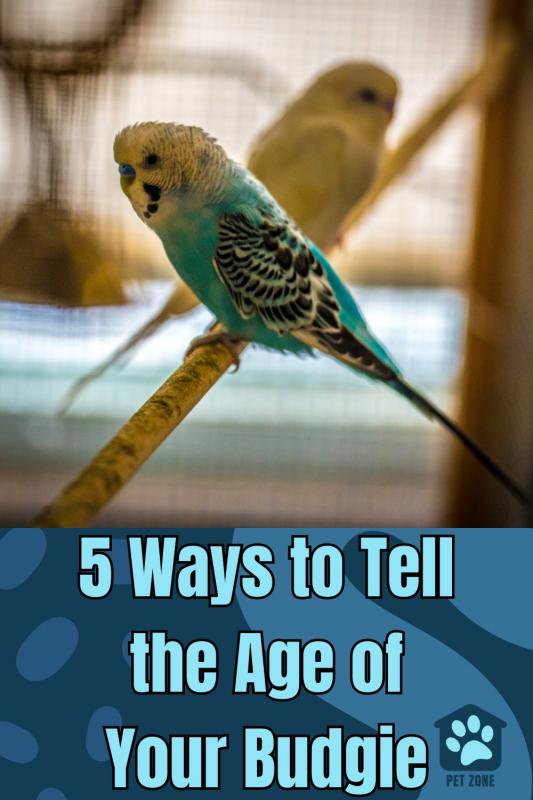


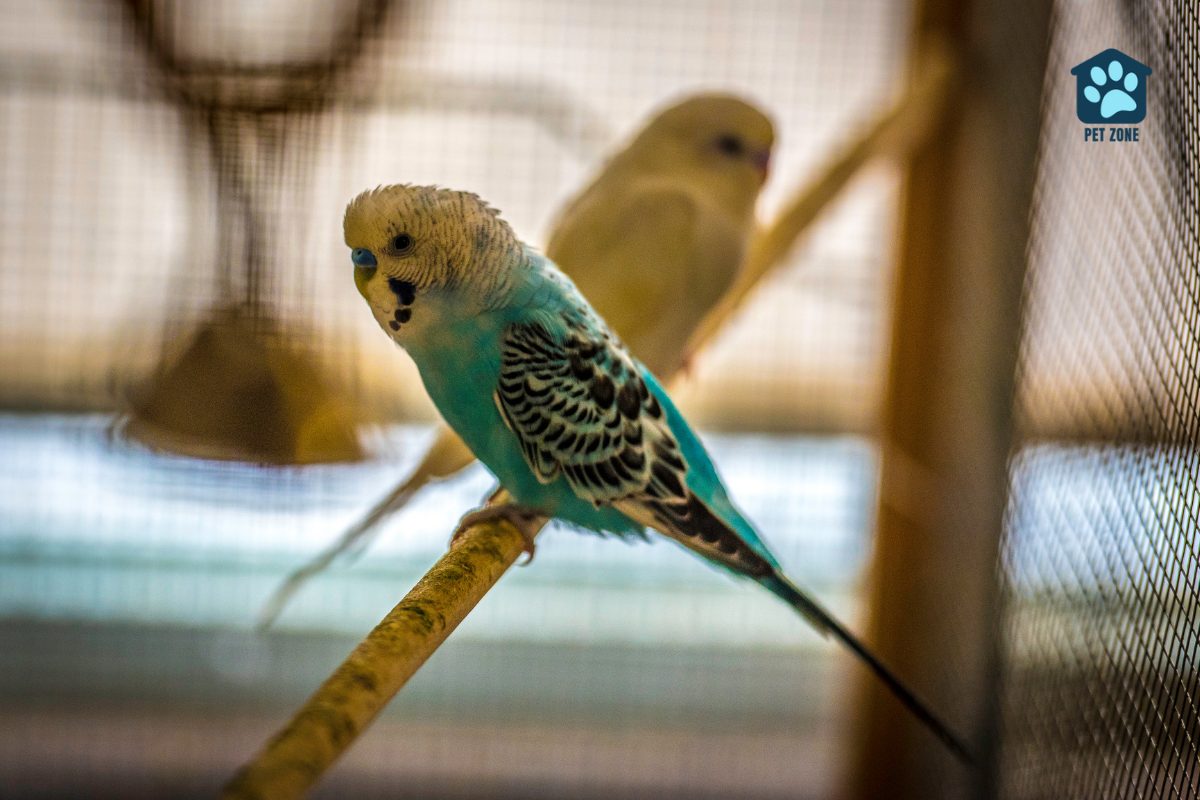
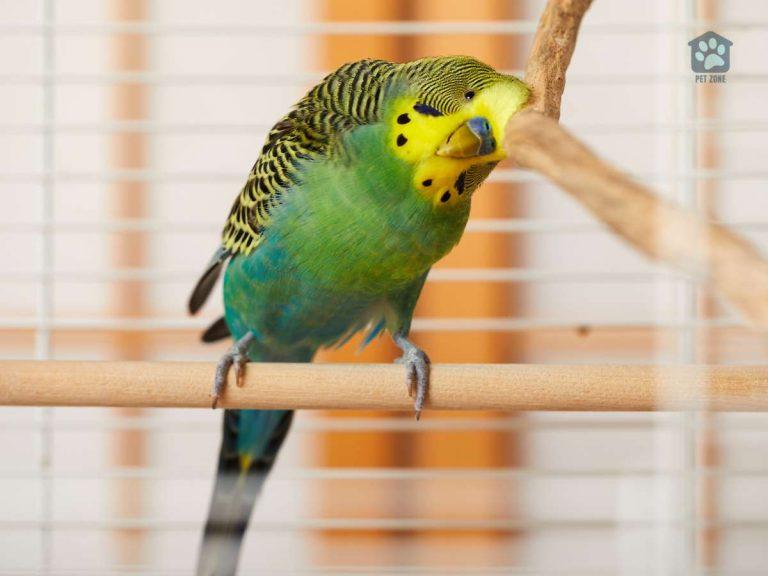
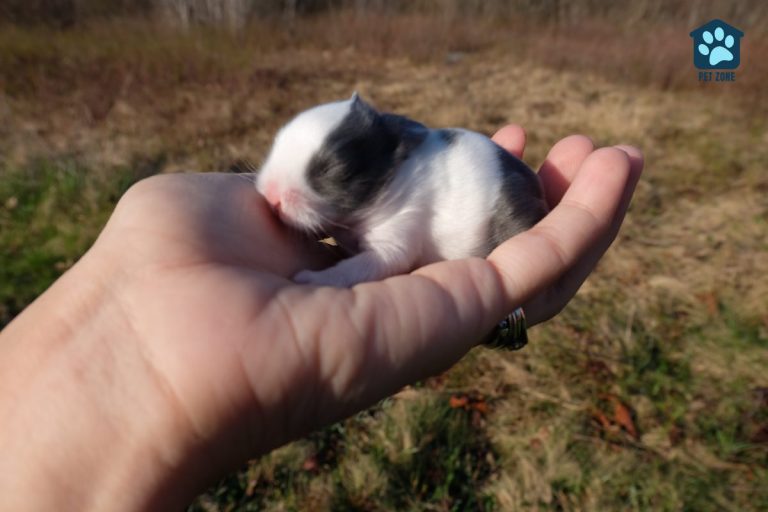
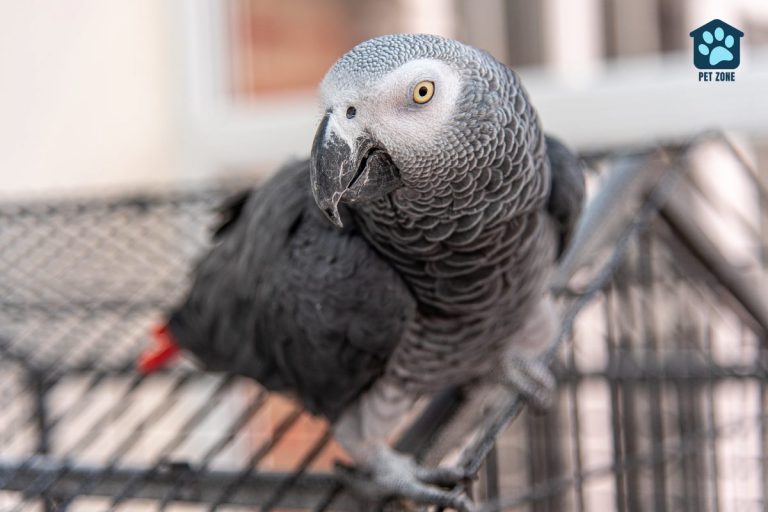
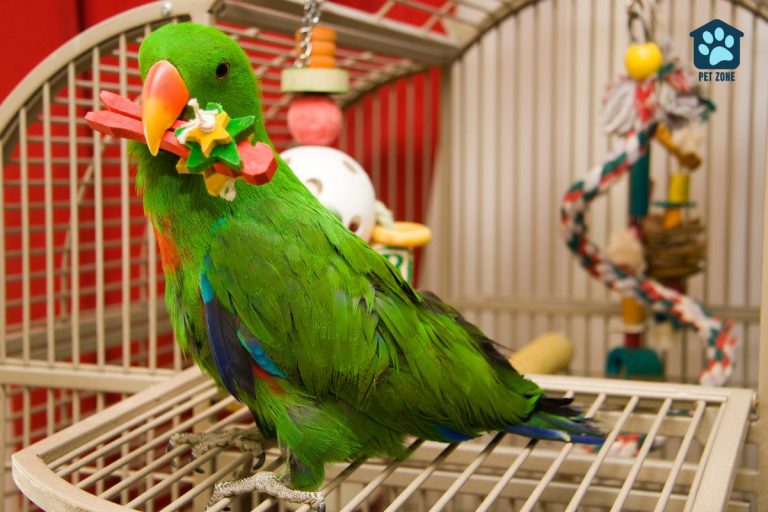
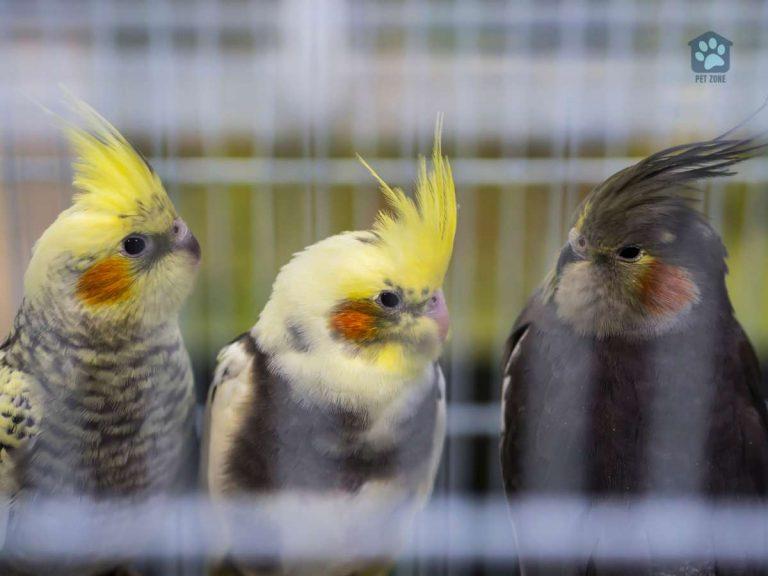
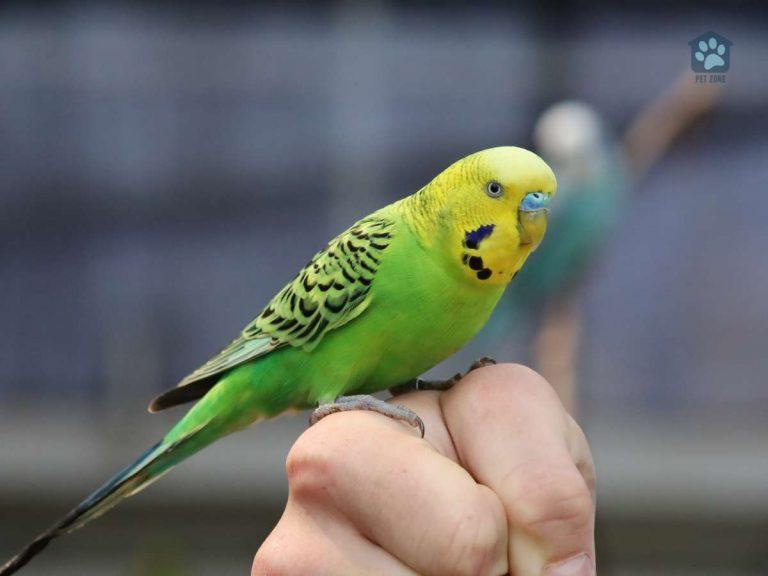
That’s so fascinating you can determine a budgie’s age through all these subtle physical signs. Super helpful to know that coloring and feathers can provide helpful indicators.